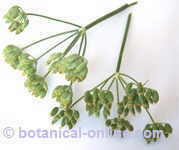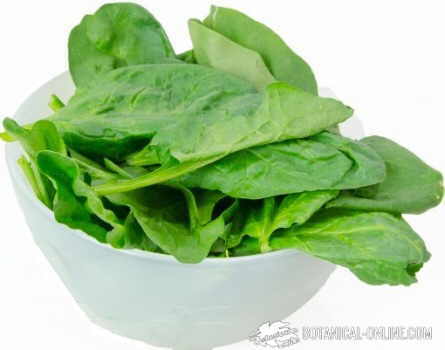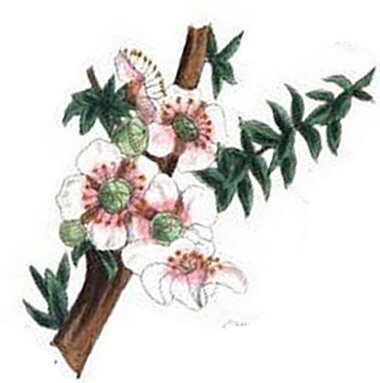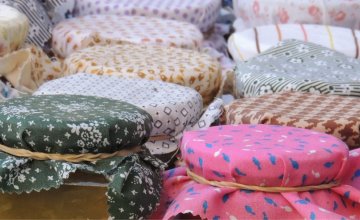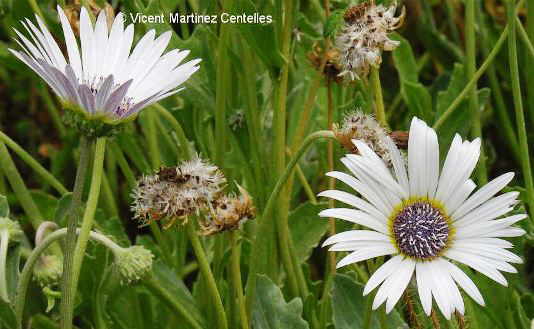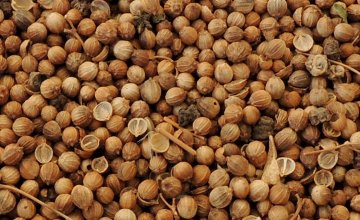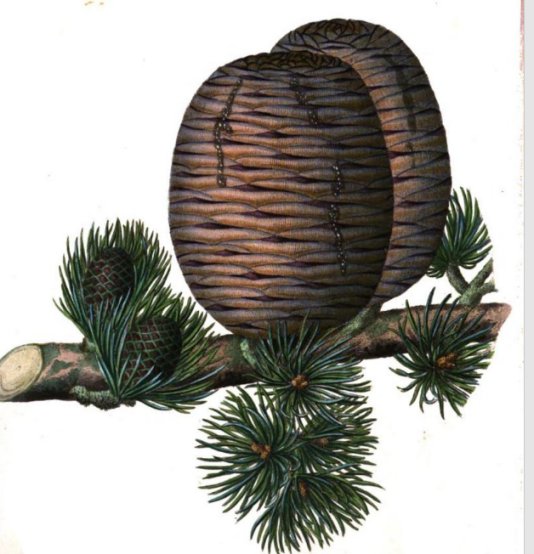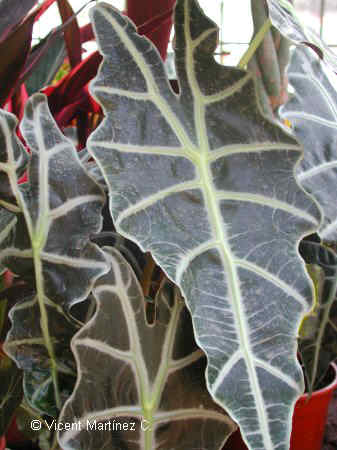Contents
How to grow acai
 Acai palm. Characteristics
Acai palm. Characteristics
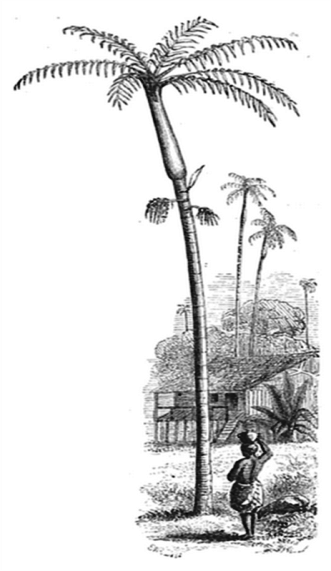 Common Name: Acai palm, Assai palm, Açai palm, acai berry (referring to the fruit).
Common Name: Acai palm, Assai palm, Açai palm, acai berry (referring to the fruit).
In South America, where the plant originated, it has several names: Açaí, Acaizeiro, Palma del Rosario, Huasai, Palma Manaca, Murrapo, Naidi, Palmetto, Chonta Guasai, Juçara, among others, due to the extension of the plant by the Amazon rainforest and the many people who use it and name it differently.
Scientific name: Euterpe oleracea Martius. Taxonomic synonym: Euterpe badiocarpa Barb. Rodr.
Family: Arecaceae, also known as Palmae
Habitat: The Acai is a palm native to South America and widely spread across Brazil, specifically released by the Amazon and Central America. In natural habitats, this palm usually grows in flooded soils and in the Amazon River estuary.
Geographical Distribution: Acai palm is distributed throughout the Amazon. In Brazil extends from Bahia, throughout eastern Amazonia to Guiana and Venezuela. In Peru, it can be found naturally in Loreto and Ucayali. Acai is also growing naturally in Colombia, Suriname, Panama and Ecuador.
![]()
Description of Acai
The acai palm is a monoecious and multi stemmed plant originating in South America, with a slender and height stem between 8 and 25 meters. Its trunk, called stipes, is straight, cylindrical, light gray, thin, between 7 and 20 inches in diameter.
Acai plant produces 4-8 stems and some plants are capable of forming up to 25 outbreaks. It has a mass of epigeous roots that emerge at a height of 40-50 cm above ground level, with pneumatophores.
Large pinnate leaves, 2-3 feet long, sheathed by an erect petiole that is born of acrocaulis. The inflorescence a raceme.
Purple flowers with an approximate size of 2 mm in diameter.
Fleshy fruits called drupes, globose and smaller than 1.2 centimeters in diameter. The fruit is green, which when ripe but it gets purple hues at maturity. Some varieties of acai maintain the green color. In the fleshy mesocarp of the fruit there is the pulp, 1-1.5 mm thick and purple.
From this pulp an edible juice is extracted. Inside each fruit, their is a seed, brown and about 6 millimeters in diameter, constituting 60% of the volume of fruit.
![]()
Acai. Climate
For the cultivation of acai one should take into account the requirements of this plant, native and well adapted to the tropical rainy climate, typical of the Amazon rainforest. The acai can grow to heights from ground level to 800 meters.
The optimum growth conditions for the acai are in tropical or temperate climates with high humidity and preferably with periods of soil waterlogging.
– Annual temperatures between 17 º C minimum and 33 º C maximum.
– Annual relative humidity between 70 and 91%.
– Average annual rainfall of 3,000 mm maximum and 1,300 minimum.
The species is typical of mature forest. It can be grown in tropical pre-montane rain forests, and periodically flooded areas near rivers.
![]()
Acai. Soil
Acai palm requires a soil with high organic content and a pH between 4.5 and 6.5. It prefers a sandy loamy soil.
It is a plant that can grow in flood seasons in poorly drained or swampy land, typical of the Amazon estuary where it originated. It can also grown in upland forests, in non floodplain soils although with high rainfall and humidity.
![]()
Acai. Environment and exposure
Accustomed to the thick and dense Amazon jungle, this palm is adapted to live in the understory and canopy of these ecosystems. Therefore, the acai requires little light even during the formation of plantlets. Only when the palm is an adult, it can tolerate some sun exposure.
The amount of annual sunshine is between 1,400 and 2,500 hours.
![]()
Acai. Propagation
Acai palm can be propagated by seed and by shoots springing from the plant.
This is a primitive plant that does not branch out from its stipe (stem), but from the base of the trunk where some suckers grow. A mature plant can have more than 25 outbreaks. Acai can be propagated successfully by transplanting one of these suckers in a place with optimal conditions for growth.
In the wild, the spread of acai seeds is produced by predators, such as rodents and birds, and by water during periods of flooding. Either way, it should be considered that, in the wild, the seed of acai is always in high humidity conditions. This means that the seeds of this tree can not tolerate desiccation, and must be kept moist for germination to occur successfully.
The germination of the seed of acai occurs within 25 to 30 days. The seeds does not tolerate drying and must be kept always in wet conditions.
When the seedlings reach 5 cm high (approximately 15 – 20 days after germination) they must be transplanted into pots of polyethylene or wooden boxes.
![]()
Acai. Planting
Acai palm is a plant of slow growth, so it must not be transplanted in the soil until it reaches 20-30 cm, something that takes about 4 or 5 months. The final planting should be done preferably in wetter times.
Keep a distance of at least 4 meters between each plant, for every acai often develops between 4 and 8 tillers.
The palm matures in 2-3 years, when it reaches about 1 meter high and begins to develop its stipe.
![]()
Acai. Fruit
Plants grown in optimal conditions begin to bear fruit in the third year. Commercially, it is not until the sixth year that a commercial production can be achieved.
In Brazil, acai fruits all year, but it only makes two important crops: a winter crop, between January and June, and the summer harvest, between August and December.
It is a palm that bears fruit all year round, although many more in the months of June and November.
Did you know… Acai seeds dried and boiled (to prevent germination) are a good fertilizer for orchids and other garden plants? |
![]()
Acai. Plagues
- South American palm weevil (Rhynchophorus palmarum): It is the main pest of açai. It attacks the leaves.
- Palm aphid (Cerataphis latanie): It attacks the stem, the developing leaves, the fruit and flowers, causing the death in juvenile or early samples and the shedding of flowers or fruit.
- Bark beetles (Cocotrypes spp).: they attack the seeds of the palm.
- Larvae of the butterfly of Brassolis astyra: they attack the leaflets of the leaves.
![]()
Acai uses
The acai palm has a historical tradition of practical and gastronomic usage throughout the Amazon territory:
- Its large leaves have been used for the manufacture of indigenous people homes.
- The pulp of its fruit, known by the same name acai, is widely consumed by all the locals in the form of drinks, sweets and ice cream
- Palm hearts: The palm is a traditional delicacy in Brazil and exported throughout the world. It can be extracted from various palms, one of which is acai. Specifically, the palm is the top of the stipe young palm. Two of the four leaf sheaths are removed and a “pulp” with white and smooth texture appears. An acai palm for the extraction of palm hearts is less than 4 meters high and 8 inches in diameter or less.
Both the palm hearts as the acais fruit are very perishable, so its use should be immediate to prevent spoilage.
- The seeds and roots of the plant, dry out in the sun, are used for the elaboration of beauty accessories (collars with acai seeds,…) and decoctions of acai root are intended for medicinal purposes.
![]()
Edible products from acai palm
– Acai_oil
![]() More information about acai.
More information about acai.

